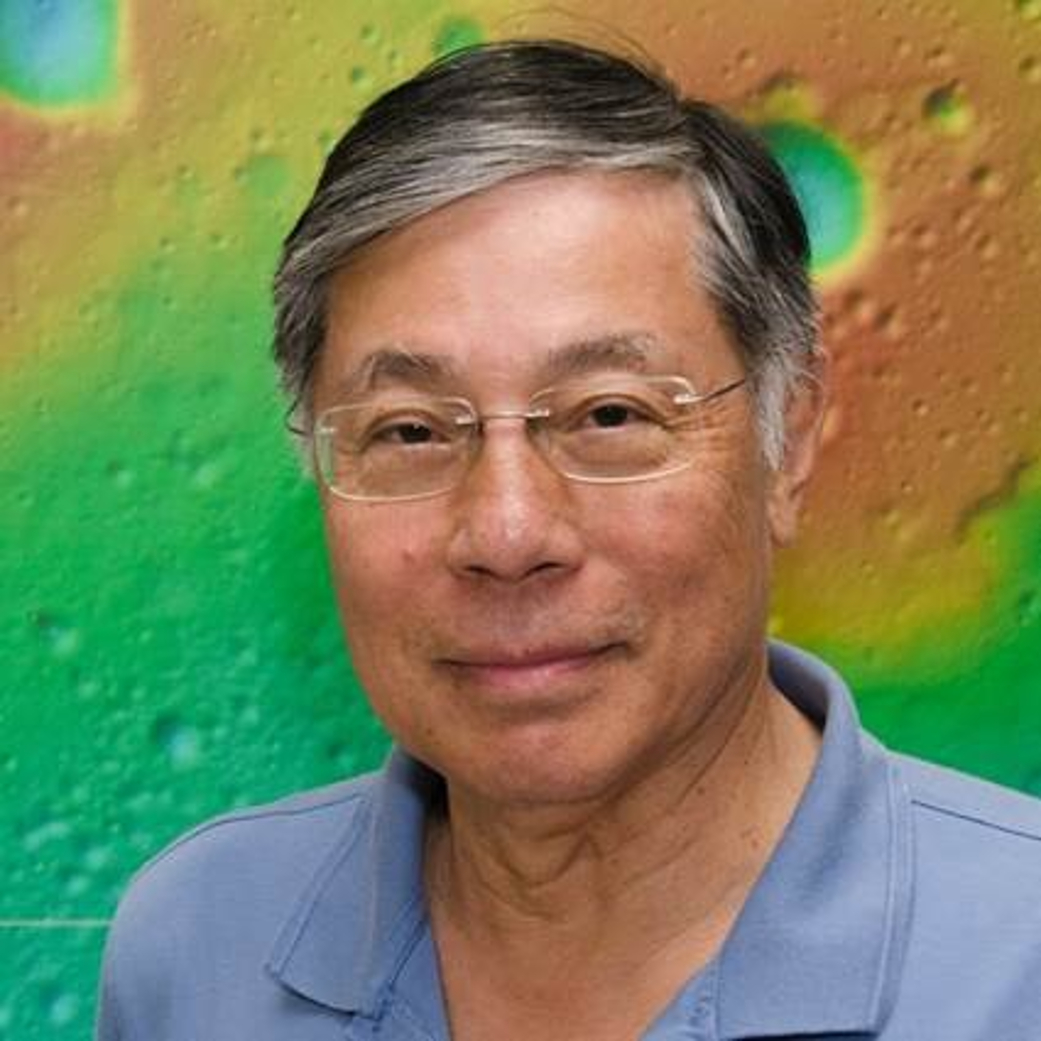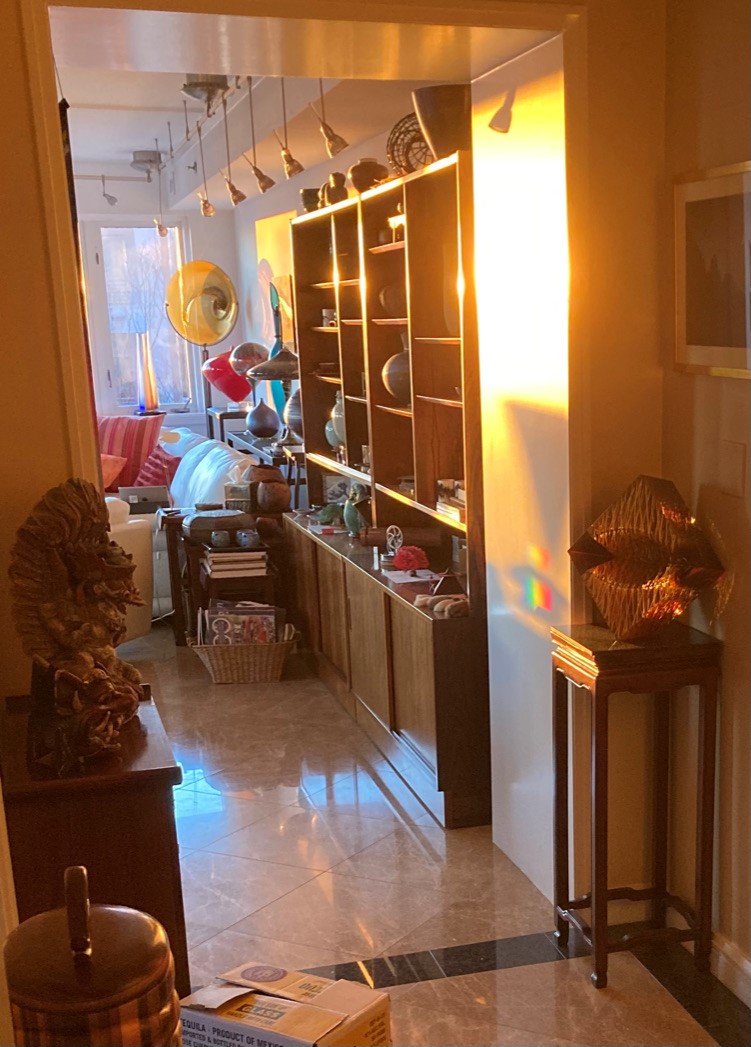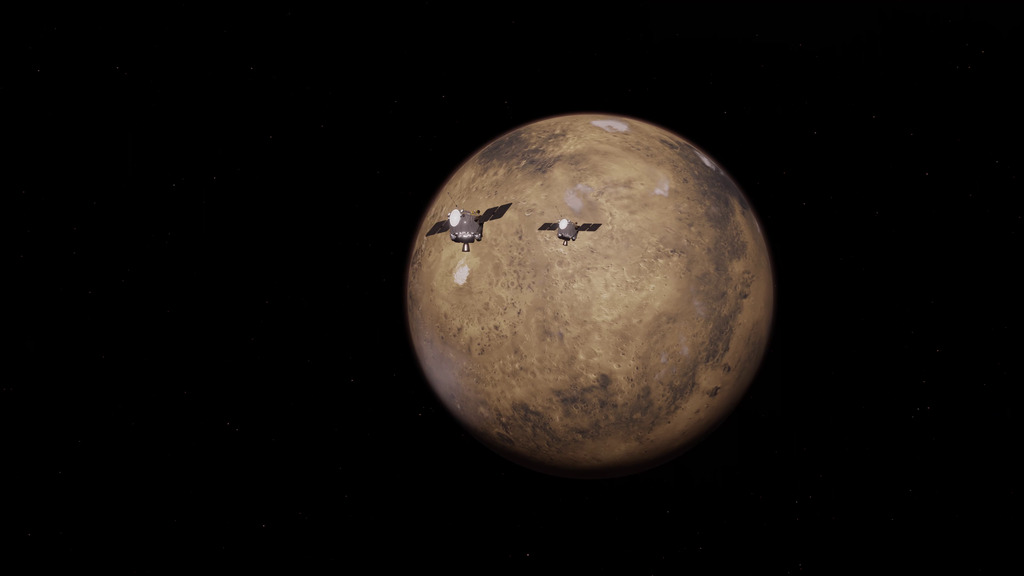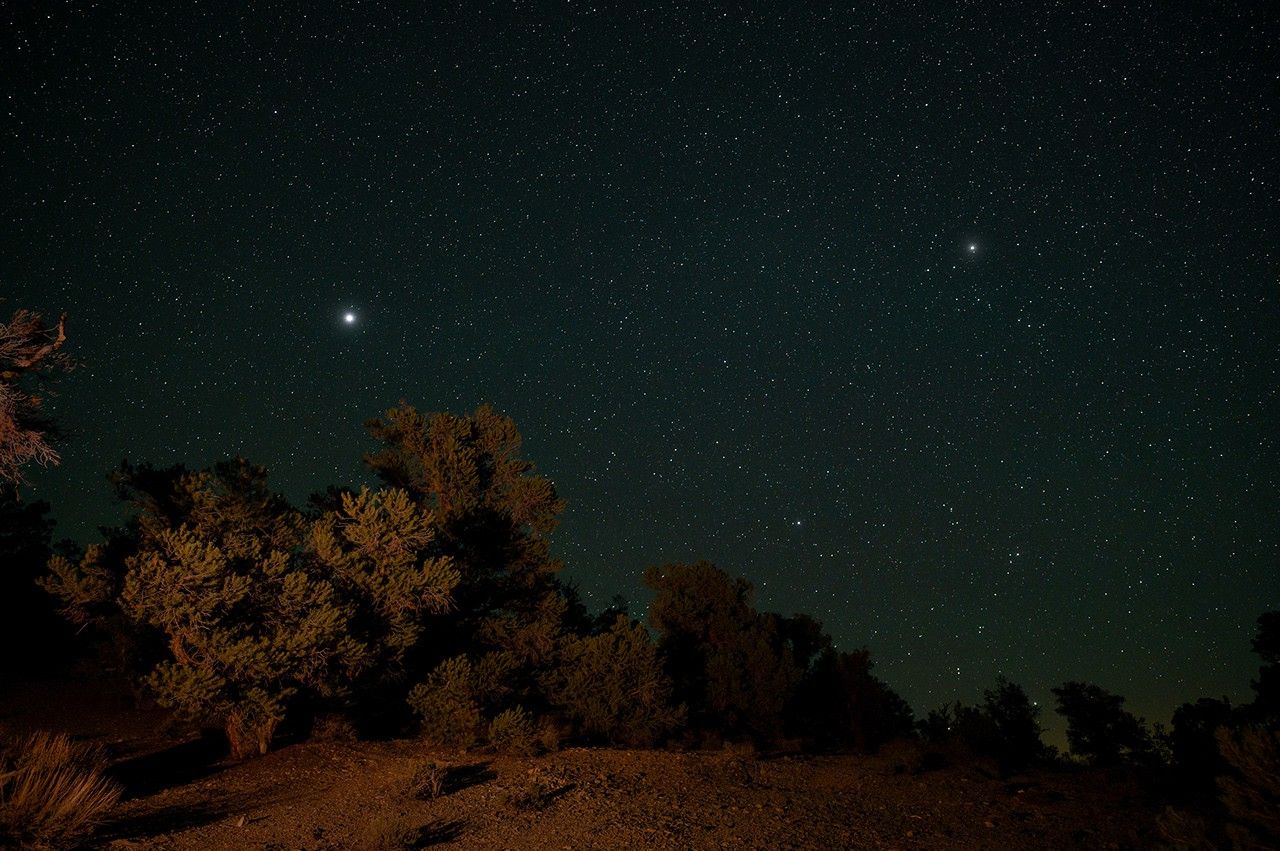Name: Gordon Chin
Formal Job Classification: Planetary scientist
Organization: Solar System Exploration Division, Planetary Systems Lab; Science Directorate (Code 693)
What do you do and what is most interesting about your role here at Goddard?
I have spent my entire career formulating and developing instruments for remote observations of molecular transitions in the interstellar medium and planetary atmospheres. I focus on the submillimeter region of the electromagnetic spectrum, which is especially rich in strong spectral signatures of the most important molecules in nature, especially water.
What kept you at Goddard your entire career?
I earned a B.A. and a Ph.D. in physics from Columbia University. I then had a National Academy of Science postdoctoral fellowship in planetary exploration at Goddard after which Goddard offered me a job. I have been at Goddard for over 30 years.
Goddard has the people, facilities, expertise and colleagues for my type of work. We are very fortunate to be in this extraordinary place – a world-class institution – as our everyday workplace.
What I do is fun, interesting and challenging; I enjoy it so much it sometimes doesn’t even feel like work.
What are some of the highlights of your career?
As a young scientist, I worked on the Submillimeter Wave Astronomy Satellite (SWAS), the third mission in the inaugural set of the Small Explorer Satellite (SMEX) program. Working on SWAS, I learned what makes Goddard such a unique place – the people and the facilities. Some of the people I met on SMEX, like Jim Watzin, the former SWAS project manager and current head of the Mars program at NASA Headquarters in Washington, remain important to me.
Around 2012, I became the project scientist for the Lunar Reconnaissance Obiter (LRO), thanks to Jim Watzin. I helped organize the science teams for the diverse suite of LRO instruments.
Currently, I am the project scientist for the Orbiting Astronomical Satellite Investigating Stellar Systems (OASIS). It is an astrophysics mission concept with the scientific objective to follow the water trail from galaxies, to proto-planetary disks, to oceans. We submitted the proposal in December 2021 to the NASA’s Astrophysics MIDEX program. If selected, OASIS would introduce a ground-breaking technology by deploying a 14-meter telescope using an inflated metalized membrane technology as a telescope. A concept like OASIS could change how NASA can build large telescopes in space in the future. Instead of using a solid structure or an array of mirrors, like NASA’s James Webb Space Telescope, we would use a thin, metalized membrane and then inflate it like a balloon to function as a large telescope and also at a much reduced cost.
What is one of your most interesting collaborations?
During the great American eclipse in 2017, I was fortunate to have my 15 minutes of fame on national TV by appearing with Al Roker on NBC’s coverage of the eclipse during totality.
What inspires you?
My curiosity about how things work. Additionally, science is not just hard facts, it is also human interactions that enriches everything. You cannot do anything by yourself, you need to be able to collaborate with large teams from many different domestic and foreign institutions.
How does water coloring bring you joy?
I love to examine how our eyes see and our mind interprets things. How to depict the interplay of light and shadow that reveals the semblance of volume, texture and transparency on a flat surface like paper so that our mind reads the depiction as water rippling in the breeze or a glass holding translucent wine.
Watercolors are like expressing physics using a different part of our mind.
What art do you live with in your home?
My late significant other collected studio art glass, especially pieces made by Lino Tagliapietra and Laura Donifer. Glass is so magical with its vibrant colors, transparency and many different forms. Also, I have two major ceramic pieces by Eric Serritella, who specializes in hand crafted trompe l’oeil sculptures of charred birch disguised tea pots.
Why did you recently start writing essays?
The initial COVID isolation meant that I sometimes did not leave my home for weeks at a time. One way to cope was writing. A New York-based journal accepted one of my essays.
It was very gratifying that people like my writing and my thoughts. This type of writing is so different from my usual technical style; it was very liberating. It was something positive that came out of the isolation and is very rewarding.
Where is your spiritual home?
I was raised on the lower east side in New York, which remains my spiritual home. I return frequently for visits. NYC is exciting, full of energy. NYC is always on the cutting edge, with museums and gallery shows to see and new restaurants to try out!
By Elizabeth M. Jarrell
NASA’s Goddard Space Flight Center, Greenbelt, Md.
Conversations With Goddard is a collection of question and answer profiles highlighting the breadth and depth of NASA’s Goddard Space Flight Center’s talented and diverse workforce. The Conversations have been published twice a month on average since May 2011. Read past editions on Goddard’s “Our People” webpage.


































